Working with a design agency can bring your vision to life, but the success of any project depends heavily on the brief you provide. A clear and detailed design brief acts as a roadmap for the designer, ensuring the final product aligns with your goals, brand, and expectations. Here’s a checklist of what to include when briefing a design agency:
1. What Do You Want to Achieve?
Clearly outline the purpose of the project. Is it to promote a product, increase brand awareness, or inform your audience? Defining your objective helps the designer understand the desired outcome and tailor the design accordingly.
2. Who Is Your Audience?
Describe your target audience. Are you addressing families, professionals, students, or a niche group? The more the designer knows about who you’re speaking to, the better they can create a design that resonates.
3. What Style Do You Like?
If you have a specific style in mind, share it! Is your brand modern and sleek, playful and vibrant, or classic and elegant? Providing examples of designs you like (or don’t like) can also help communicate your vision.
4. What Colours and Fonts Do You Prefer?
Let the designer know if there are specific colours or fonts you want included—or avoided. If you have an existing colour palette or brand guideline, share it to maintain brand consistency.
5. What Are Your Deliverables?
Be specific about what you need. Are you requesting a poster, an ad, a logo, or a digital document? Do you have content, like text in a Word document, that needs to be transformed into a designed format? The clearer you are, the smoother the process will be.
6. Do You Have Brand Guidelines?
Providing brand guidelines ensures the design aligns with your company’s existing visual identity. This includes details like logo usage, font styles, colour palettes, and tone of voice.
7. What’s the Deadline?
Share your timeline upfront, but allow enough time for the design process, including revisions. Rushed deadlines can compromise the quality of work.
8. What’s Your Budget?
If applicable, communicate your budget range early. This helps the designer determine the scope of the project and allocate resources effectively.
9. Project Details and Requirements
Include specifics about the project, such as dimensions, file formats (e.g., PDF, PNG), and where the design will be used (e.g., print, web, social media). This ensures the final design fits your needs.
10. Contact Information
Provide a point of contact for the designer to ask questions or clarify details. Clear communication is key to a successful partnership.
Why a Clear Brief Matters
A well-prepared brief not only saves time and avoids misunderstandings but also empowers the designer to deliver exceptional work that meets your expectations. Remember, the more information you provide, the better equipped the designer is to create something that aligns with your goals.

